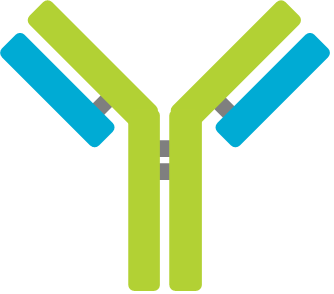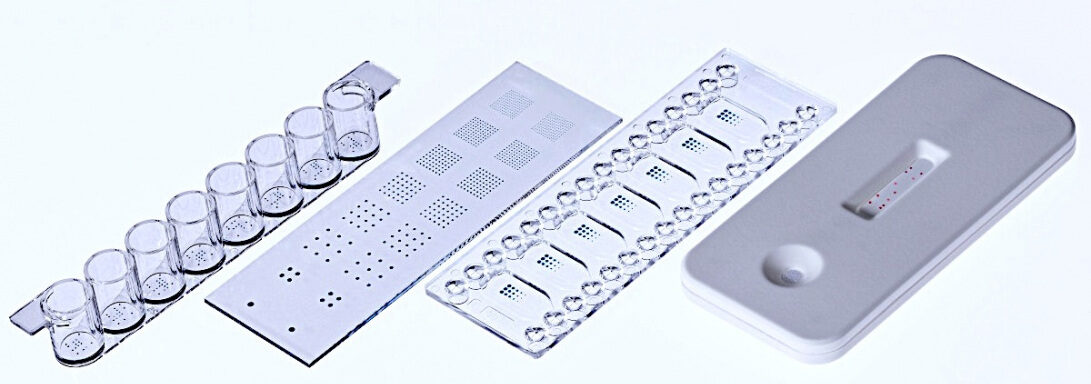Antibody Arrays

Antibody microarrays consist of a series of capture antibodies, which are fixed on a solid support material such as glass or polymer to detect antigens. Antibody microarrays are used to detect specific biomarkers from serum or urine for diagnostic applications, protein expression of cell lysates, identification of biomarkers and development of drug compounds. For antibody arrays, various affinity molecules such as nanobodies, scFv fragments or aptamers can be used in addition to antibodies.
Protein and Peptide Array

The protein/peptide microarray is a powerful method that can be used to determine hundreds of known proteins and a variety of biochemical protein activities in a high-throughput format in a single experiment. Among these applications, the detection of protein binding properties such as protein-protein, protein-DNA/RNA-, and antigen-antibody interactions is possible and has significant implications for many areas of research. The protein/peptide microarray technology offers enormous potential for in vitro diagnostics.
Oligonucleotide Array

Oligonucleotide microarrays or DNA chips are the ultimate experimental tool for research, drug discovery and diagnostics. They have the potential to perform a variety of molecular assays simultaneously and to generate a wealth of information from a single clinical sample. A DNA microarray consists of a solid support to which unique nucleic acid sequences (probes) are attached at specific positions. Nucleic acid hybridization is the central event in an oligo microarray. Sequences from a labeled target are recognized by the hybridization affinities of the oligonucleotide probes in a highly specific and sensitive manner.
Glycan Array

Glycan arrays are among the technologies of modern glycobiology. Complex carbohydrate structures from oligosaccharides or polysaccharides are immobilized on a support material. Subsequently, it can be tested with potential interaction partners, for example lectins, antibodies, cell surface receptors or possibly an entire organism. Glycan arrays have broad applications ranging from glycan binding protein specificity studies to medical research to identify biomarkers or to support vaccine development. Synthetic and natural glycan structures can be used for screening on glycan arrays.
Cell based Array

In cell microarrays, whole cells or cell lysates are applied to the carrier material. The advantage of this method is that the natural biochemical properties of the molecules in their 3D structure remain accessible to the analytes. In contrast to artificial systems, where, for example, only proteins or peptides are used, certain antibodies or substances can be detected via special receptors in the cell membrane.
Particle based Array

There are several methods of microarray production based on the use of particles. The most well-known particle-based arrays use beads as carriers of specific oligonucleotide sequences that play a major role in genome research. Also, peptide arrays are a promising trend by using particles as amino acid carriers for the combinatorial synthesis of peptides. The particles can be bound in the microarray on a planar surface or deposited in microcavities. Particles for microarrays can be based on polymers, gold and silver or even magnetic materials.
Particle based Array

There are several types of microarrays offered by INTER-ARRAY® to its customers. Do you have special target molecules or substances for which you are looking for a microarray platform? We are happy to examine the feasibility together with you. Contact us!

